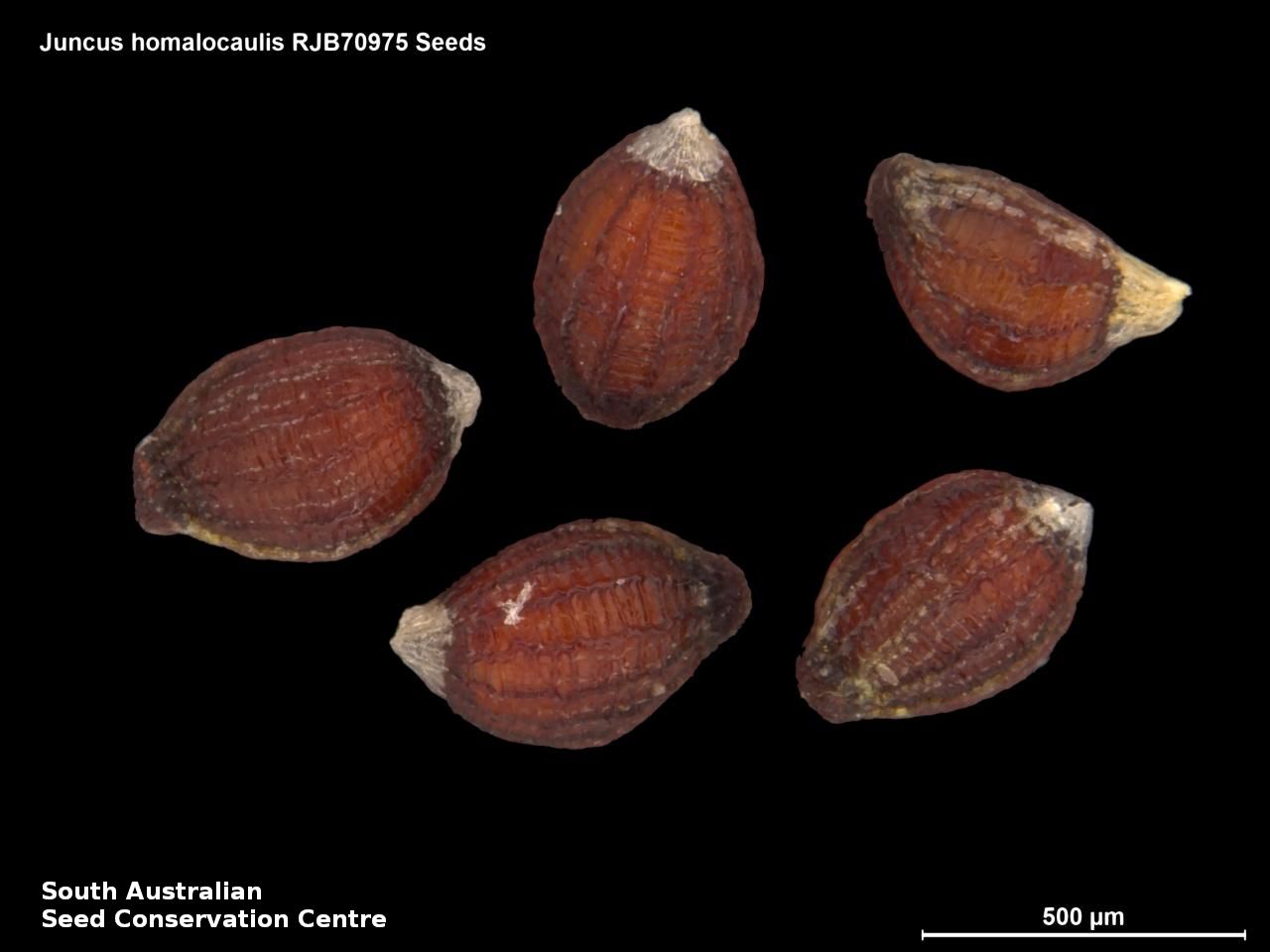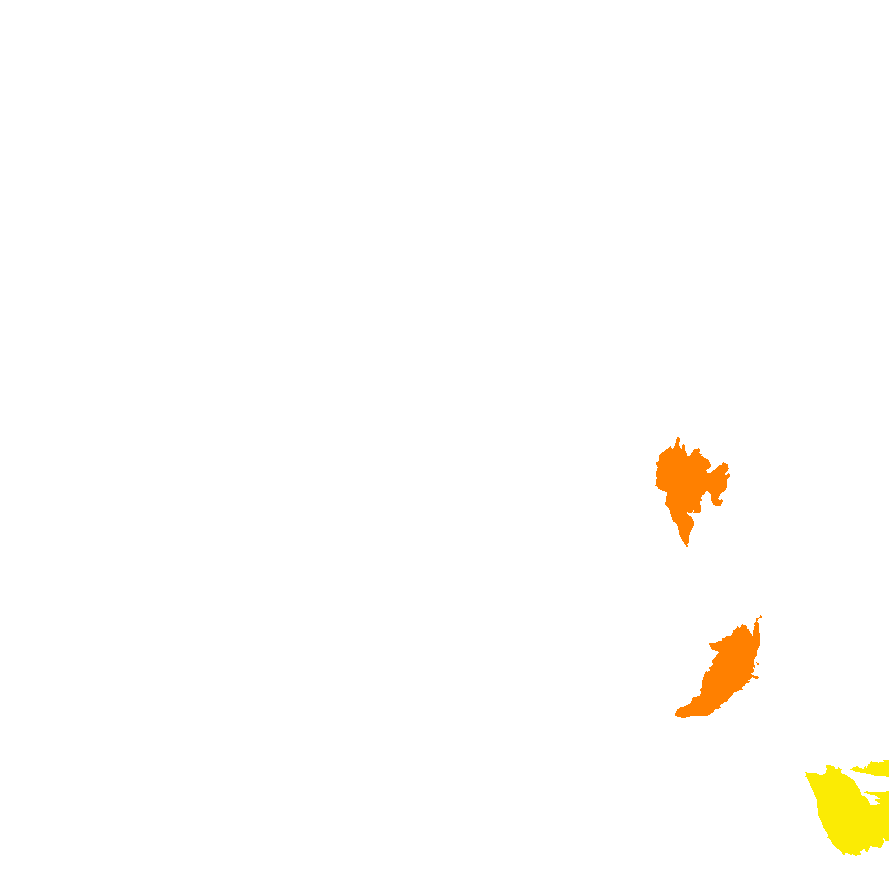


Botanical art
Prior names
Juncus plebeius
Etymology
Juncus from the Latin 'jungere' meaning to tie or bind; referring to the use of the rushes for weaving and basketry. Homalocaulis from the Greek 'homalos' meaning flat and 'caulis' meaning stem; referring to the compressed culms.
Distribution and status
Found in the southern Flinders Ranges, southern Mount Lofty Ranges and the South-east in South Australia, growing in damp sites in grassland, woodland and dry sclerophyll forests. Also found in Queensland, New South Wales and Victoria. Native. Very rare in South Australia. Uncommon in Queensland. Common in the other states.
Herbarium regions: Flinders Ranges, Murray, Southern Lofty, South Eastern
NRM regions: Adelaide and Mount Lofty Ranges, Northern and Yorke, South Australian Murray-Darling Basin, South East
AVH map: SA distribution map (external link)
Plant description
Small slender tufted with shortly rhizomatous perennial rush with erect stems to 15 cm high, terete to compressed, covered with the fibrous remains of old leaf-sheaths. Leaves mostly basal, filiform, solid, dorsi-ventrally flattened, channelled above, shorter or longer than the stems. Inflorescence terminal, in clusters or solitary with many straw-brown to red-brown flowers. Flowering between December and February. Fruits are clusters of light brown to reddish-brown ellipsoid capsules with numerous seeds. Seeds are tiny deep red ovoid seed to 0.6 mm long and 0.4 mm wide, with deep reticulated surface. Seed embryo type is broad.
Seed collection and propagation
Collect seeds between January and April. Collect fruits either by picking off the mature heads, those turning brown and come-off easily or break-off the whole spikes. Place the heads in a tray and leave to dry for one to two weeks. Then rub the heads with a rubber bung to dislodge the seeds. Use a sieve to separate any unwanted material. Be careful, as the seeds are very small. Seeds are brown and hard. Store the seeds with a desiccant such as dried silica beads or dry rice, in an air tight container in a cool and dry place. From one collection, the seed viability was high, at 100%.
| Location | No. of seeds (weight grams) | Number of plants | Date collected | Collection number Collection location | Date stored | % Viability | Storage temperature |
|---|---|---|---|---|---|---|---|
| BGA MSB | 85,200 (3.23 g) 58,100 (2.21 g) | 30 | 3-Jan-2007 | RJB70975 Murray | 1-Aug-2007 | 100% | +5°C, -18°C |
Number of plants: This is the number of plants from which the seeds were collected.
Collection location: The Herbarium of South Australia's region name.
% Viability: Percentage of filled healthy seeds determined by a cut test or x-ray.